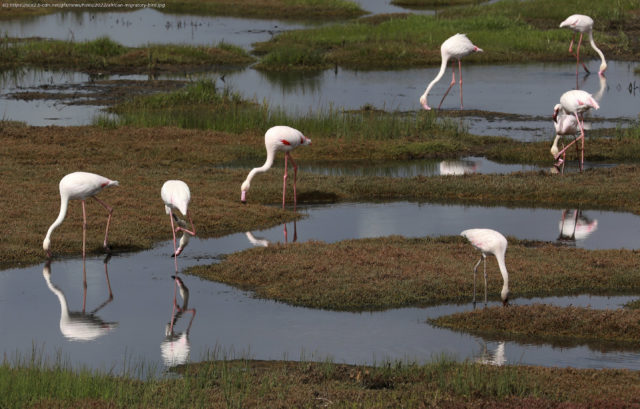Africa’s migratory birds are threatened by changing weather patterns in the center and east of the continent that have depleted natural water systems and caused a devastating drought.
August 20, 2022
Africa’s migratory birds are threatened by changing weather patterns in the center and east of the continent that have depleted natural water systems and caused a devastating drought.
Hotter and drier conditions due to climate change make it difficult for traveling species who are losing their water sources and breeding grounds, with many now endangered or forced to alter their migration patterns entirely by settling in cooler northern areas.
Roughly 10% of Africa’s more than 2,000 bird species, including dozens of migratory birds, are threatened, with 28 species—such as the Madagascar fish eagle, the Taita falcon and hooded vultures—classed as « critically endangered. » Over one-third of them are especially vulnerable to climate change and extreme weather, an analysis by environmental group BirdLife International said.
« Birds are being affected by climate change just like any other species, » BirdLife policy coordinator Ken Mwathe said. « Migratory birds are affected more than other groups of birds because they must keep on moving, » which makes it more likely that a site they rely on during their journey has degraded in some way.
The African-Eurasian flyway, the flight corridor for birds that travel south through the Mediterranean Sea and Sahara Desert for the winter, harbors over 2,600 sites for migrating birds. An estimated 87% of African sites are at risk from climate change, a greater proportion than in Europe or Asia, a study by the United Nations environment agency and conservation group Wetlands International found.
Africa is more vulnerable to climate change because it is less able to adapt, said Evans Mukolwe, a retired meteorologist and science director at the World Meteorological Organization.






